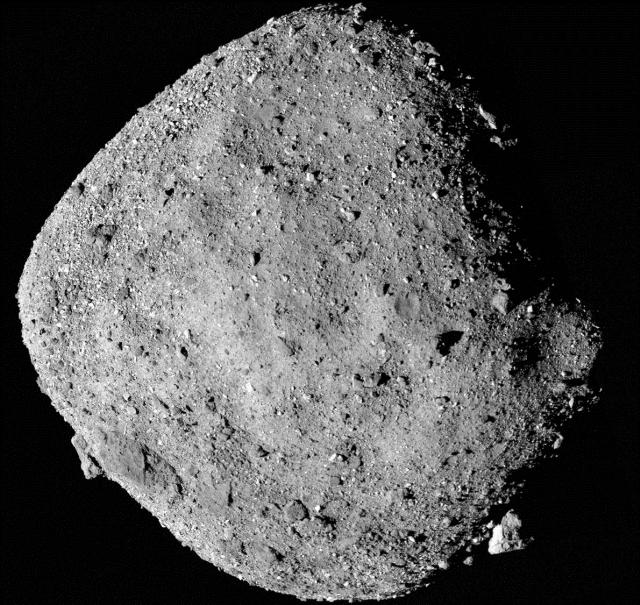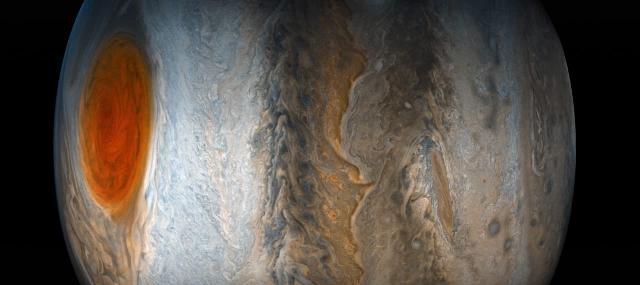The combination of already signed decisions by Congress and the White House currently leads to a situation where funding for a number of actively operating spacecraft will be discontinued after October 1, 2025. We are talking about automatic interplanetary stations scattered over nine billion kilometers. All of them are technically quite functional and could last for many more years.
Yesterday, on July 3, 2025, Congress passed a " Great Big Law " under which the NASA budget — like all non—military expenditures of the United States as a whole - will be significantly reduced. This is especially true for the scientific part of the agency's expenses. A special feature of the bill is that only major NASA projects approved by it will be funded next year. Those that are not mentioned there directly cannot receive large-scale financing.
Neither his text nor the budget proposals from the White House mention such significant missions as New Horizons (located more than nine billion kilometers from the Sun), Mars Odyssey and MAVEN (both in near-Martian orbit), the Osiris-APEX asteroid exploration mission and the Juno spacecraft (in orbit around Jupiter).
New Horizons became the first interplanetary spacecraft of earthlings, which flew close to Pluto and was able to obtain detailed images of it and Charon. After that, he studied Kuiper belt bodies and until this year was in the process of searching for the next target for rendezvous. Despite 19 years in space, he has not only remained operational, but also has a small amount of hydrazine for further maneuvers. That is, if a new (and sufficiently close) celestial body was chosen for exploration, it could perform a rendezvous maneuver with it.
The Osiris-APEX mission spacecraft is scheduled to approach the asteroid Apophis in 2029 and take high-resolution images of it. Although all these missions, from the point of view of hardware, can work for more than one year and get significant results, this will not happen if funding for the accompanying scientific groups is not received.
A similar pattern was previously observed in the budget proposals of the White House, according to which 41 of the 124 NASA scientific missions, including those mentioned above, will not receive funding from the end of 2025. Why such an emphasis was placed on reducing the agency's scientific program is unclear, because in general, the Trump administration's budget proposals and the new congressional bill increase US government spending, rather than reduce it.
At the beginning of this week (that is, even before the adoption of the new law), new management directives related to funding cuts had already begun circulating at NASA. According to them, detailed plans for the closure of the mentioned missions (as well as at least one near-Earth one) should be ready by July 9, which, given the non-working July 4 in the United States, means an extraordinary rush. The termination date for these plans is tentatively October 1, 2025, that is, the end of the current fiscal year in the United States. The memorandum indicating this date came to the attention of Eric Berger, a leading observer of the American space industry.

Asteroid Bennu, Osiris-REx image from 24 kilometers away
Image source: Wikimedia Commons
The document describes this training only as "just a planning exercise," but the agency's scientific staff believes that it is about the actual termination of missions. In the comments received by Berger, they stated that if the projects are closed before October 1, 2025, they will not be able to work, even if Congress passes the 2025-2026 budget on time (which has practically not happened in the last decade).
This is due to the fact that scientists working on such projects, in order to live on something, must quickly find other jobs. In this regard, it will not be possible to bring them back, especially since the remuneration under NASA programs is not always as high as in other projects, especially private ones.
It should be noted that, despite the reduction in funding and the absence of mentions of these missions in the bill approved by Congress or the budget proposals of the White House, so far there have been no official statements about their curtailment from NASA. It cannot be ruled out that positive decisions will be made at the last moment.
Alexander Berezin

